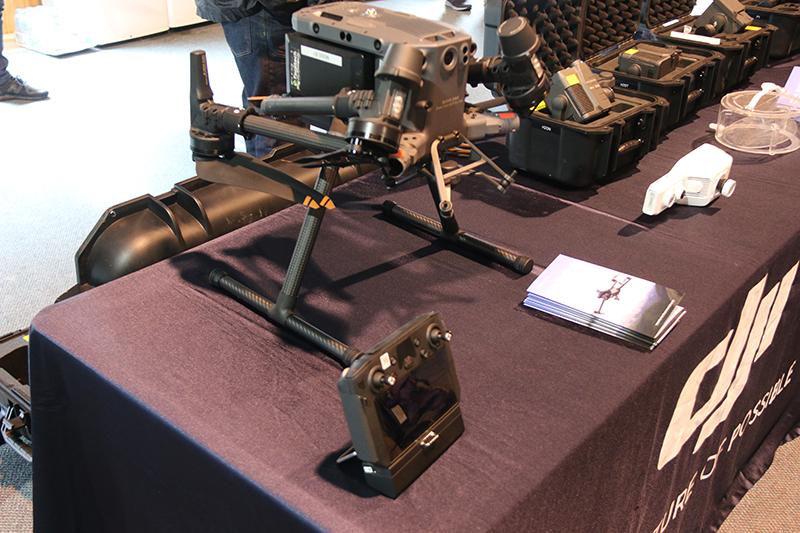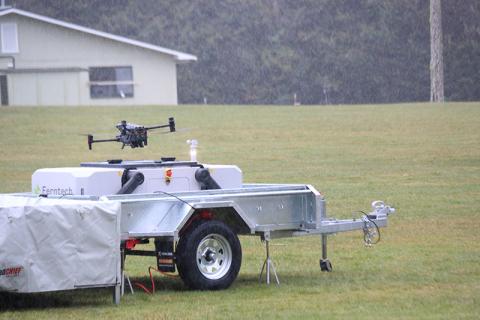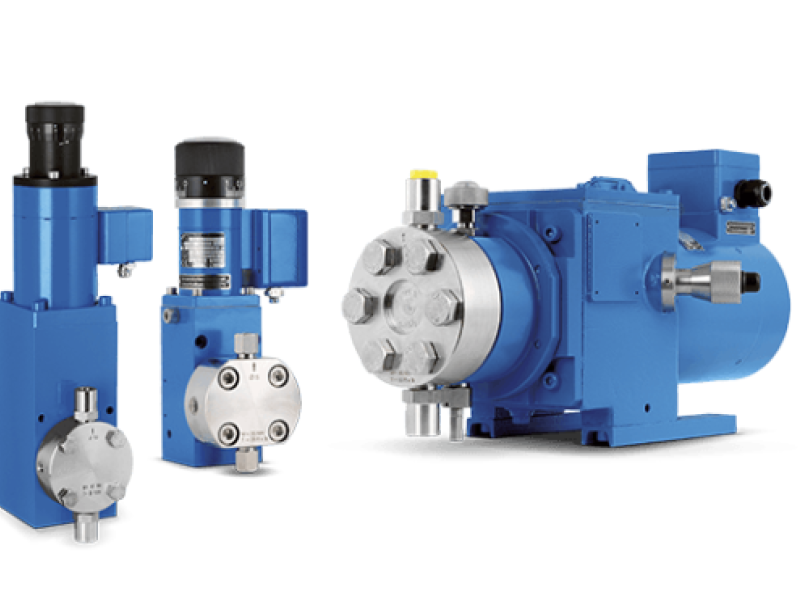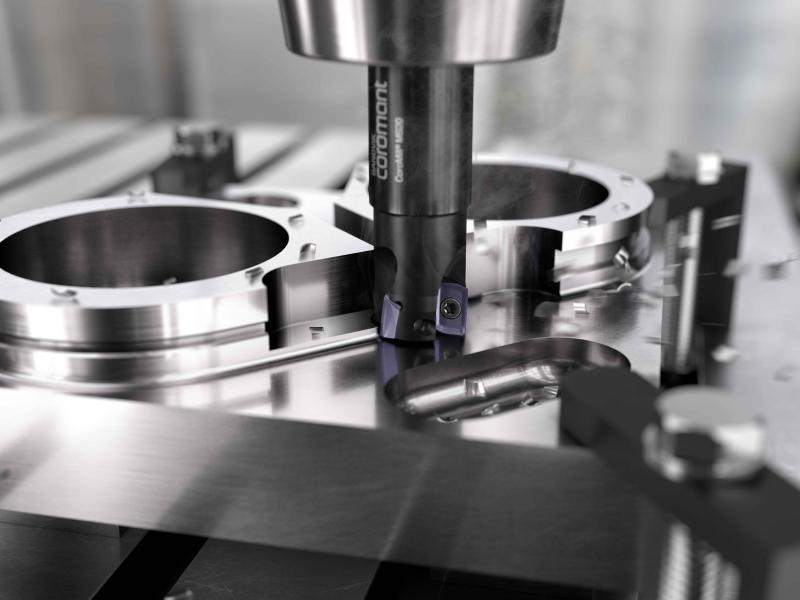Drones are in the news a lot lately; I am sure everyone has seen the inventive ways they have been utilised in Ukraine and we are familiar with the recreational drones that are commonly seen in use.
However, there is a significant and growing market in New Zealand for commercial drones, which have a wide range of applications. DEMM recently attended a demonstration day for commercial drones put on by Ferntech in Rotorua to see their range of DJI commercial drones and see practical demonstrations of some of their abilities.
Ferntech have been operating since 2013 and have in depth expertise in drone sales, operation and maintenance.
Some of the applications for commercial drones are
- Agriculture (Spraying, seeding and mapping)
- Forestry
- Surveying and mapping
- Photography
- Public safety (Search and Rescue)
- Asset inspections especially for utilities
- Engineering and construction
- Asset Inspection.
The DJI commercial range
This covers three model ranges with a number of variants in each range.
The smallest is the Mavic 3 Enterprise series, they are small drones with built in camera systems (Not interchangeable), they do not have a weather rating, so can only be used in fair weather. The range comprises the 3M – Multispectral drone with sensors for RGB wide angle, NIR, Red, Red Edge and Green, this is primarily intended for agricultural work looking at vegetation. The 3E designed for mapping, with RGB wide and tele lenses and the 3 Thermal with wide, tele and thermal sensors. The Mavics are RTK capable with an added module (Real-time Kinematic positioning – which compensates for GPS errors for mapping).
The mid-size drones are the Matrice M30 series, again these have fixed non-interchangeable cameras. They have take-off weights of up to 4kg compared to around 1kg for the Mavic range. The M30T has a thermal camera (Wide+Zoom + Thermal + Range finder) whilst the M30S omits the thermal option. They have quick swap batteries and around 40-minute endurance. There is the option to add a light and speaker (handy for search and rescue). They also offer dual controller capability, so two operators can be involved (One for flight one for camera) or it can be handed off to the 2nd operator. The M30’s are IP55 weather rated and the controller is IP54.
Last but definitely not least is the Matrice 350 drone. This is a single model with interchangeable payloads giving added versatility and can have up to 9kg take-off weight. Payloads include units specialised for mapping, inspection, thermal and Lidar scanning. You can add spot lights (visible or IR), sensors and even a water dip system for water sampling and a low light (Starlight) option.
Ferntech can advise and supply a variety of software packages to receive, analyse and deliver information from the drone recordings.
DJI Dock
This is a new product – essentially a fully self-contained drone station, which can allow remote launch and recovery of the drone (As long as you meet CAA requirements which are being developed). Ideal for remote sensing and Search and rescue missions. A weatherproof hanger is mounted on a trailer with an M30T drone installed. The hanger protects the drone and allows recharging via battery backup system. It opens remotely and the drone will return to the hanger at missions’ end. There is even an air conditioning system to maintain temperatures whilst recharging. Camera footage can be streamed to multiple users in real time. The Dock is around $48,000.
The rules
CAA did a presentation covering the two systems drones can be operated under
Part 101 (For unmanned aerial vehicles) is for normal use – there is no certification required as long as the use meets the Part 101 rules which include daylight only, staying under 120m AGL (Above ground level), get permission from property owner including council to fly over property and from people to fly over them and not to fly within any restricted airspace. The drone must always be within visual line of sight, max weight 25kg and can not be used commercially. The operator is the one responsible.
Part 102 is everyone else – if you cannot meet all the requirements of 101 you need 102 registration! For a Part 102 the operator is usually the organisation that obtains the registration. You will need to apply to CAA and extensive documentation (Termed an Exposition) of your operating plans is required, there is an application backlog of around one year. The good thing is that you can pretty much do anything as long as you cover it in your operating plan with a comprehensive risk analysis and plan and CAA approves it, this might include heavier weights, higher flying, beyond visual line of sight and more.



 ,
, 



